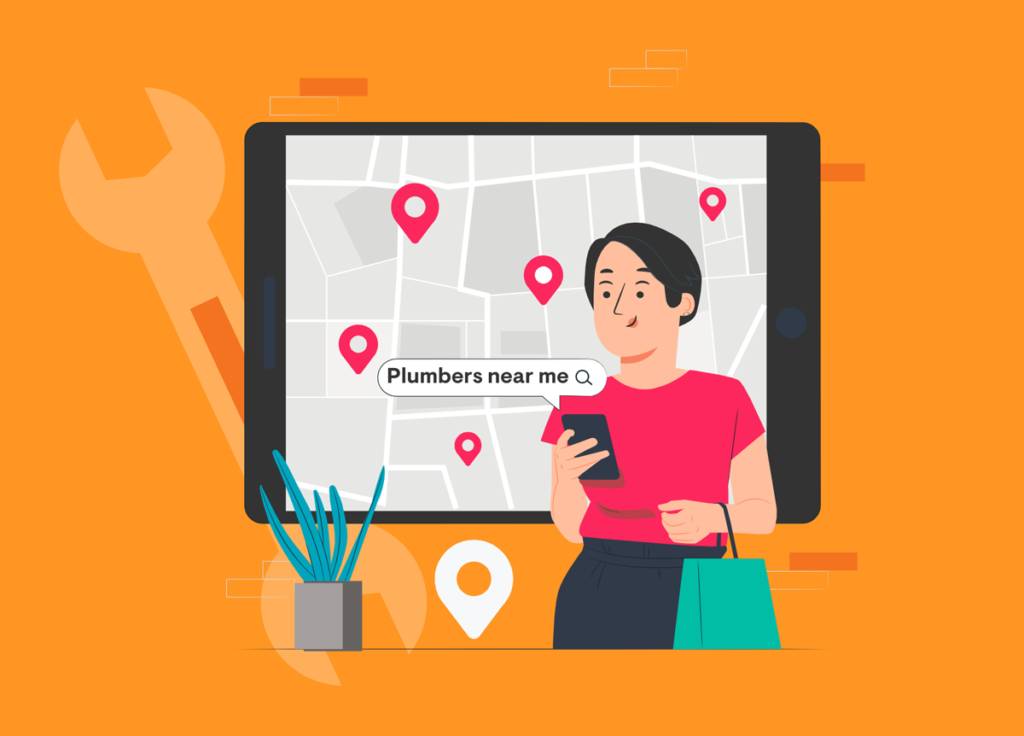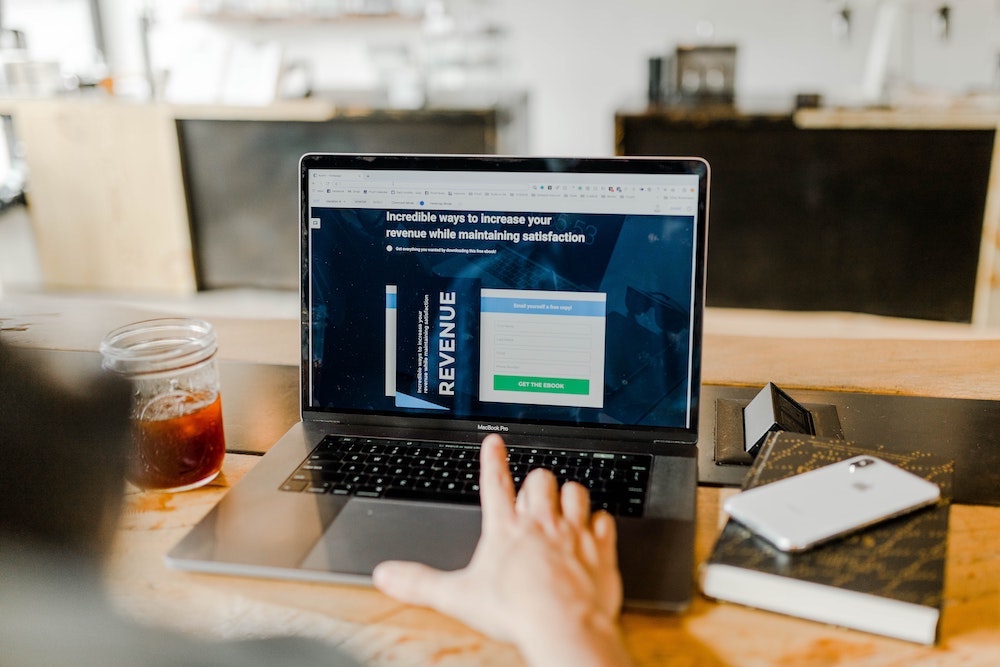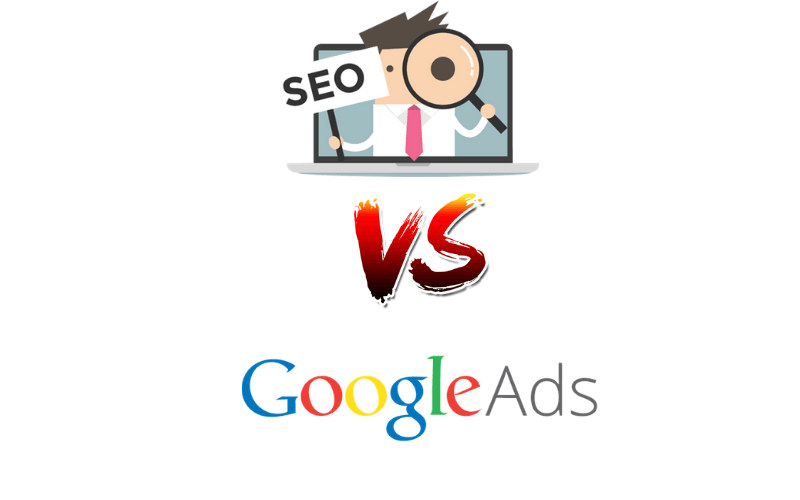There are several ways to boost your local SEO in 2023:
- Claim and verify your Google My Business listing: This will ensure that your business appears on Google Maps and in local search results.
- Optimize your website for local keywords: Use keywords related to your business and location in your website’s content and meta tags.
- Get listed in online directories: Make sure your business is listed in relevant online directories such as Yelp, Yellow Pages, and TripAdvisor.
- Build local backlinks: Reach out to local websites and ask them to link back to your website.
- Encourage customer reviews: Encourage customers to leave reviews on your Google My Business listing, as well as on other review sites.
- Optimize for mobile: Make sure your website is mobile-friendly, as mobile search is becoming increasingly important for local SEO in 2023.
- Use structured data: Use structured data (schema markup) on your website to help search engines understand your business and its location.
- Create local content: Create content that is relevant to your local community, such as blog posts about local events or new businesses in the area.
- Use social media: Utilize social media platforms like Facebook, Instagram, and Twitter to promote your business and engage with your local community.
- Monitor your progress: Use tools such as Google Analytics and SEMrush to track your website’s performance and make adjustments as needed.
- Monitor and respond to customer feedback: Keep an eye on customer feedback and respond to any negative feedback in a timely and professional manner.
- Get listed in local directories: Get listed in local directories and citation sources like the Chamber of Commerce, local newspapers, and local business associations.
- Make use of Google Posts: Google Posts allows you to share current promotions and events, which will be displayed on your Google My Business listing.
- Optimize for voice search: Optimize your website for voice search by including long-tail keywords and natural language phrases that are likely to be used in voice queries.
- Use Google Analytics to track your local SEO performance: Track your website’s performance by monitoring key metrics such as bounce rate, click-through rate, and conversion rate.
- Use Google Maps: Make sure that your business is properly listed on Google Maps and that your location is accurate. This will help customers find your business and improve your visibility in local search results.
- Optimize your website load time: Improve your website’s load time to ensure that it loads quickly and smoothly for users. Slow-loading websites can negatively impact your search engine rankings and user experience.
- Optimize your images: Optimize your images by compressing them and using appropriate file names and alt tags. This will help your website load faster and improve your visibility in image search results.
- Use Google AdWords: Utilize Google AdWords to create targeted ads that will appear in local search results. This can help increase visibility and drive more traffic to your website.
- Create and share videos: Create and share videos about your business, products, or services on YouTube and other video-sharing platforms. This can help improve your visibility in search results and increase engagement with your local audience.
- Use Google Tag Manager: Google Tag Manager allows you to add and manage marketing and analytics tags on your website without modifying the code. This can help improve your website’s tracking and measurement capabilities.
- Optimize your website for Local Pack: Optimize your website to appear in the local pack. This feature appears on the top of the search results with a map and a list of the top three local businesses that match the user’s search.
- Monitor and adjust your local SEO strategy: Regularly monitor your local SEO performance, using tools such as Google Analytics, SEMrush, and Ahrefs. Based on your findings, adjust your strategy and tactics to improve your rankings and visibility.
- Utilize Google Reviews: Google reviews can greatly impact your business’s visibility on Google My Business, and also it helps to build trust with potential customers. Encourage your customers to leave reviews and respond to any feedback you receive in a timely and professional manner.
- Create a local landing page: Create a local landing page on your website specifically for your local audience. This page should include information about your business’s location, hours of operation, and contact information, as well as relevant content and calls to action.
- Make use of Google Service Area Business: If your business serves customers at their location, then you can list your service area on your Google My Business listing. This can help your business appear in search results for customers in your service area.
- Optimize your website for featured snippets: Featured snippets are the short answers to a user’s question that appears at the top of Google’s search results. Optimizing your website for featured snippets can help improve your visibility in search results and drive more traffic to your website.
- Use Google Posts to announce events and promotions: Use Google Posts on your Google My Business listing to announce upcoming events and promotions. This will help to keep your customers informed and increase engagement with your local audience.
- Optimize your website for Google’s EAT (Expertise, Authority, Trustworthiness) criteria: Google’s EAT criteria is a set of guidelines that helps to determine the quality and relevance of content on a website. Optimizing your website for EAT can help improve your visibility in search results and build trust with your customers.
- Utilize Google Analytics to track your local SEO performance: Use Google Analytics to track your local SEO performance by monitoring key metrics such as bounce rate, click-through rate, and conversion rate. This will help you identify areas of improvement and adjust your local SEO strategy accordingly.
Overall, boosting your local SEO In 2023 requires a combination of technical optimization, content creation, and promotion. It’s essential to stay up-to-date with the latest trends and changes in local SEO and adapt your strategy accordingly.



